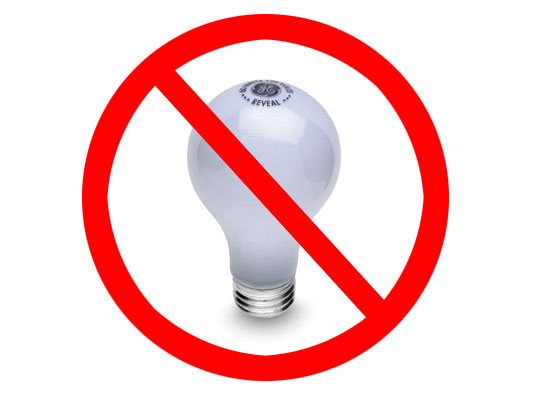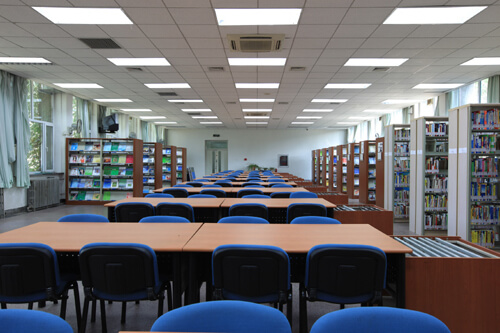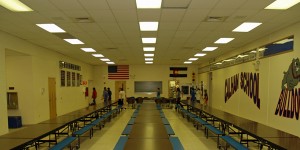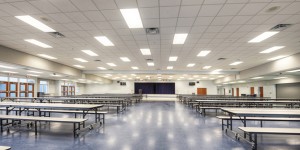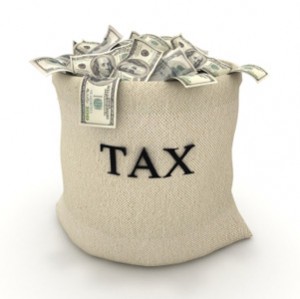 It has been estimated that only about 10% of eligible companies have taken advantage of the Commercial Building Deduction known as EPAct, originally implemented in the Energy Policy Act of 2005. Are you among them? If not, you still have time, but you’ll need to act quickly. The “go green” incentive is set to expire at the end of 2013.
It has been estimated that only about 10% of eligible companies have taken advantage of the Commercial Building Deduction known as EPAct, originally implemented in the Energy Policy Act of 2005. Are you among them? If not, you still have time, but you’ll need to act quickly. The “go green” incentive is set to expire at the end of 2013.
What type of energy-efficient upgrades qualify? Briefly, commercial building owners need to install interior lighting, HVAC or certain other technology that reduces energy and power costs to obtain tax deductions ranging from $0.60 to $1.80 per square foot. New construction and remodeling projects both qualify, with varying percentages of energy reduction requirements, depending upon what system(s) are being installed. Lighting deductions utilize a sliding scale proportional to lighting power density (LPD) reduction.
It may seem a little complex at first blush (what government-sponsored program isn’t?), but it can be well worth the effort and the experts at the Tax Analytics Group have compiled this helpful infographic and handy tax-savings calculator to simplify things and assist in understanding how to obtain the best deduction for your investment.
Bottom line: not only can a well-planned lighting installation including energy-efficient, long-life LED lights provide major benefits such as: lowering daily operating costs by reducing energy consumption by up to 90%; reducing heat output (which helps reduce HVAC loads in general areas as well as lowering temps in cold-storage facilities); and providing a healthier light source, it can also provide a reduced tax liability. And who doesn’t welcome that these days?
Contact us and let the lighting solutions specialists at Relumination help design, implement and service your lighting retrofit today – and take advantage of those 2013 EPAct tax deductions while there’s still time.

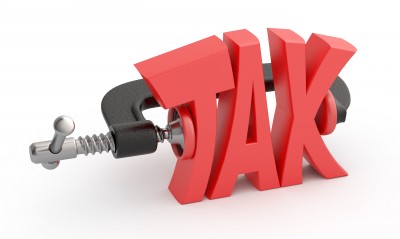
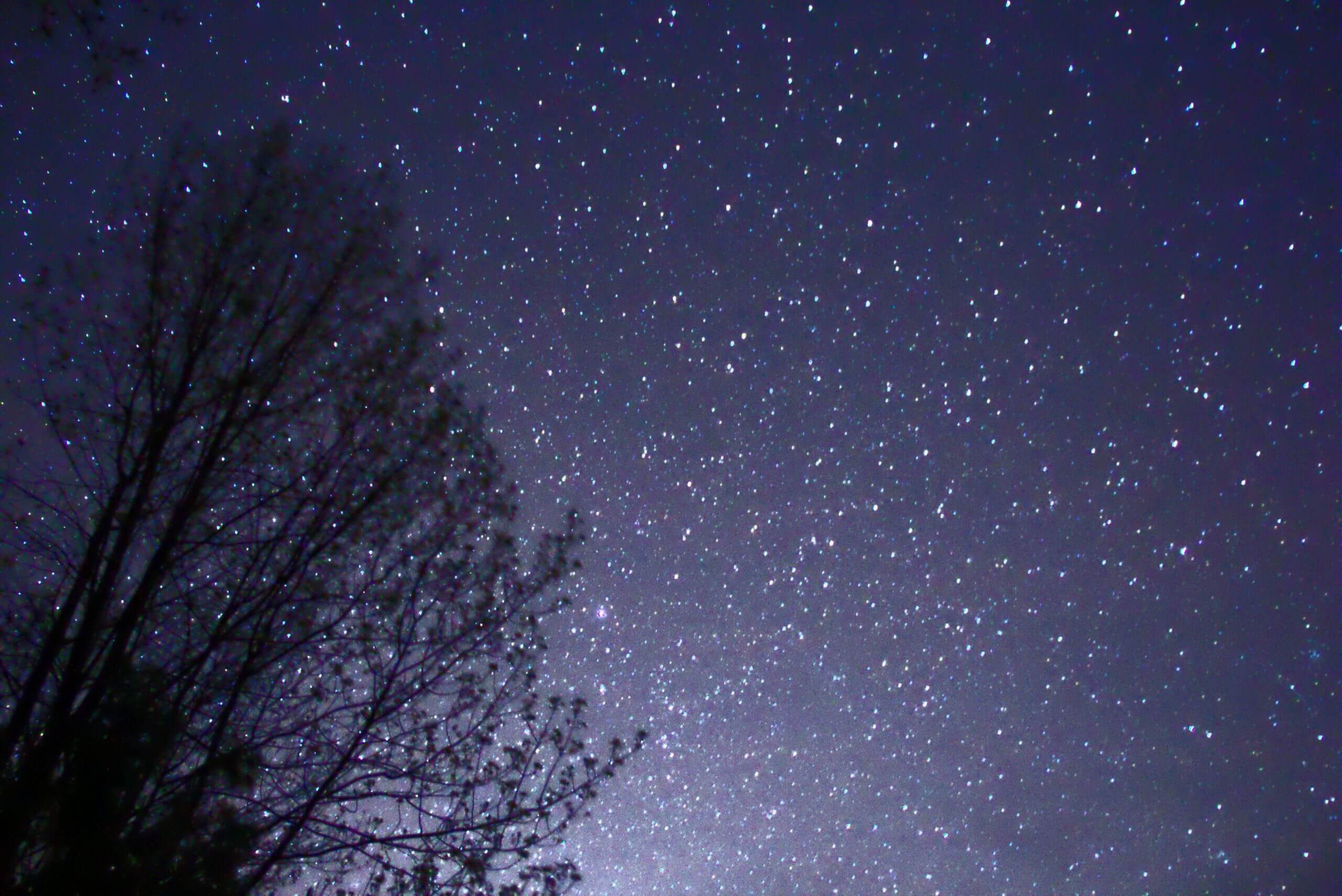
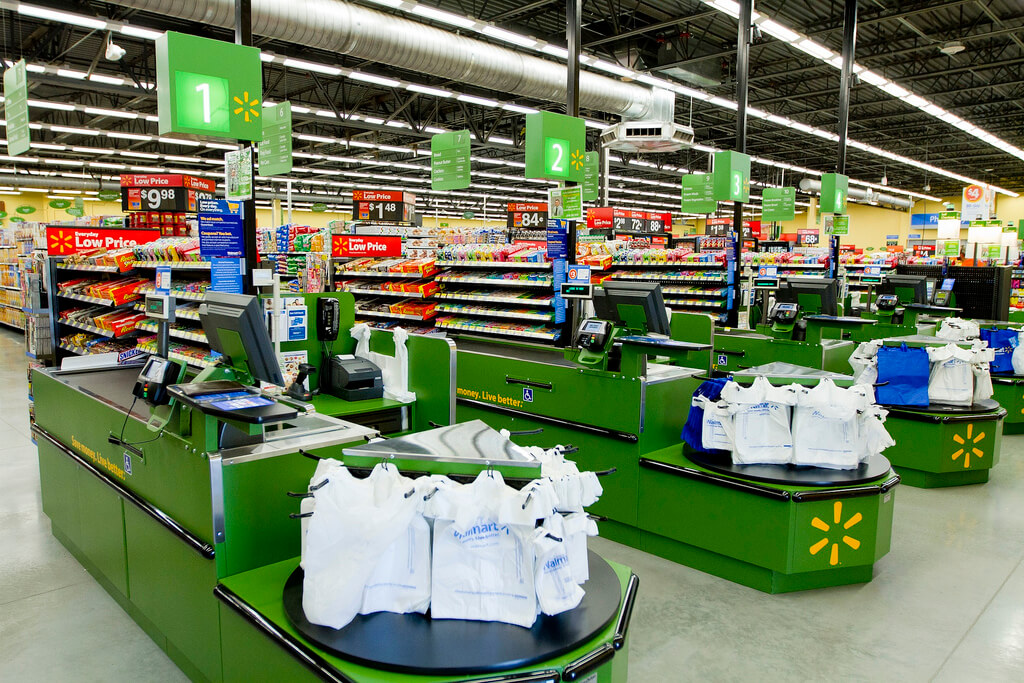
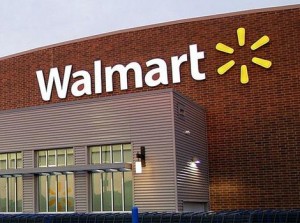 Walmart is striving to be a leader in energy reduction. In the early 1990s, it built two experimental stores to test energy saving techniques. One store was located in CO, and one in TX. In 2006, it retrofitted the TX store to try several new energy saving techniques.
Walmart is striving to be a leader in energy reduction. In the early 1990s, it built two experimental stores to test energy saving techniques. One store was located in CO, and one in TX. In 2006, it retrofitted the TX store to try several new energy saving techniques.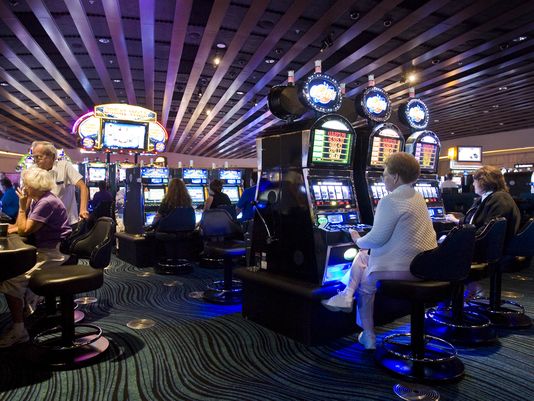
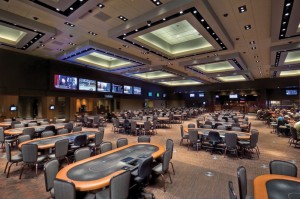 Relumination is proud to announce the completion of the
Relumination is proud to announce the completion of the 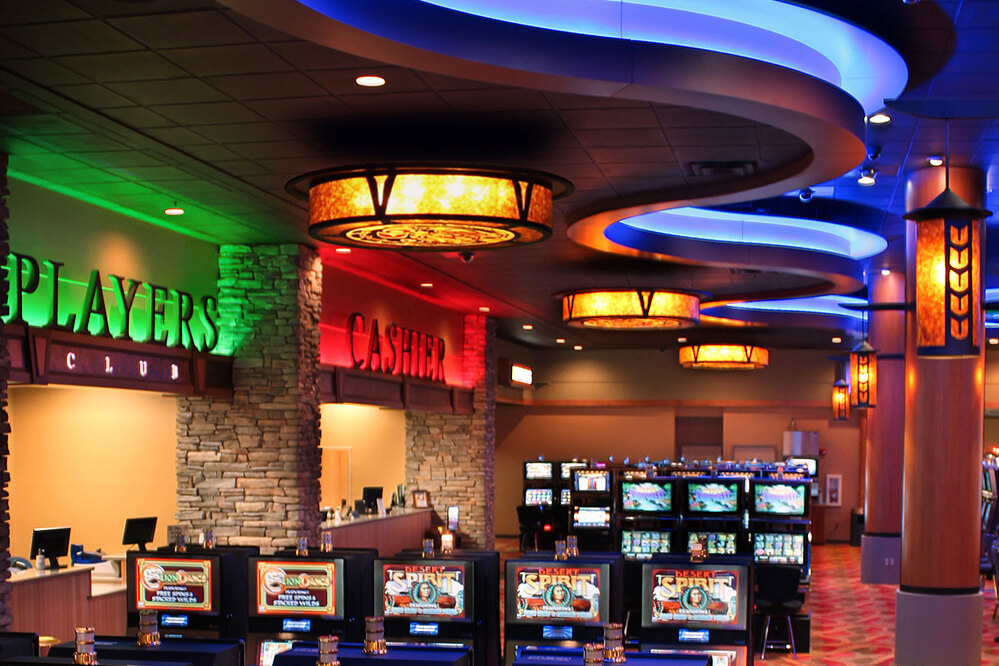
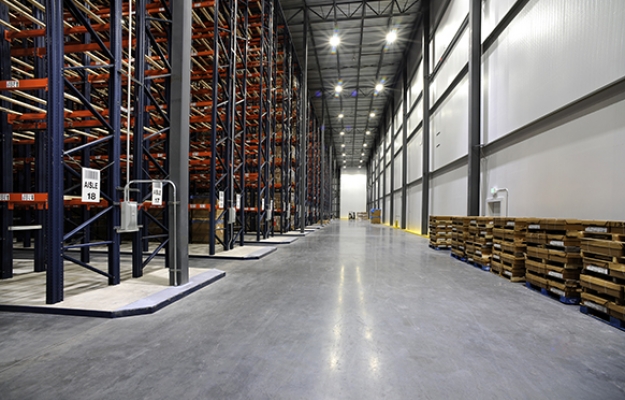
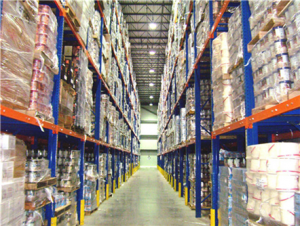 Most food service businesses have cold storage facilities and if your business fits into that category, we strongly urge you to consider upgrading your lighting system. Lighting efficiency is a major concern especially in areas where the lights, themselves, work against keeping the area cold. Energy efficiency, money, the environment, and a safer, more efficient system all argue in favor of upgrading outdated lighting systems in favor of newer technology that allows an area to be well-lit while keeping the room cold.
Most food service businesses have cold storage facilities and if your business fits into that category, we strongly urge you to consider upgrading your lighting system. Lighting efficiency is a major concern especially in areas where the lights, themselves, work against keeping the area cold. Energy efficiency, money, the environment, and a safer, more efficient system all argue in favor of upgrading outdated lighting systems in favor of newer technology that allows an area to be well-lit while keeping the room cold.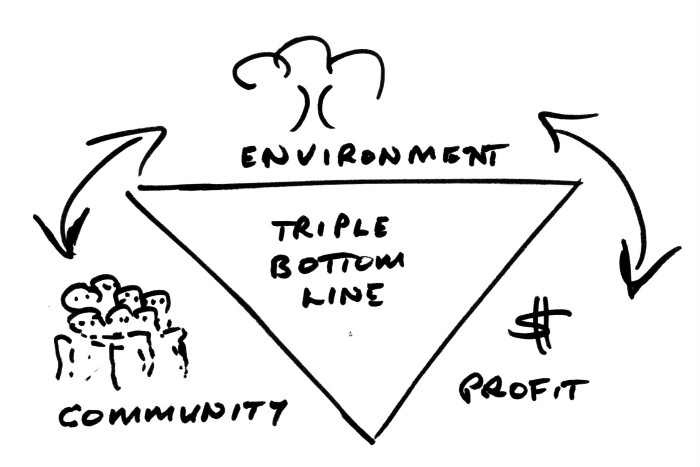
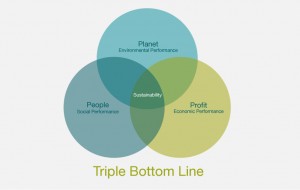
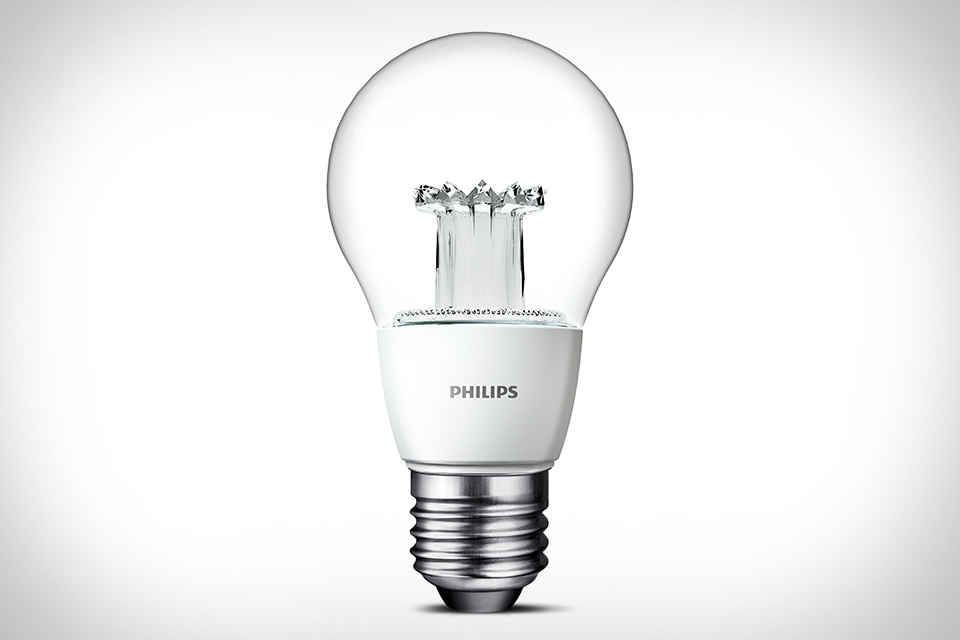
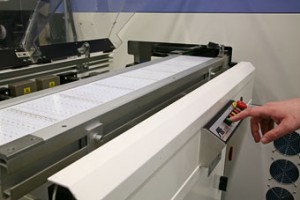 The excellent life span of LED Lighting is well-known. They often have five to ten times or more the life span of the lamps that they replace. Now, advances in the use of polycarbonate (PC) resins for covers, lenses, and reflectors stand to further complement the longevity of LEDs. This is particularly true of their use in outdoor applications, where storms, vandalism, etc. can threaten such luminaries.
The excellent life span of LED Lighting is well-known. They often have five to ten times or more the life span of the lamps that they replace. Now, advances in the use of polycarbonate (PC) resins for covers, lenses, and reflectors stand to further complement the longevity of LEDs. This is particularly true of their use in outdoor applications, where storms, vandalism, etc. can threaten such luminaries.